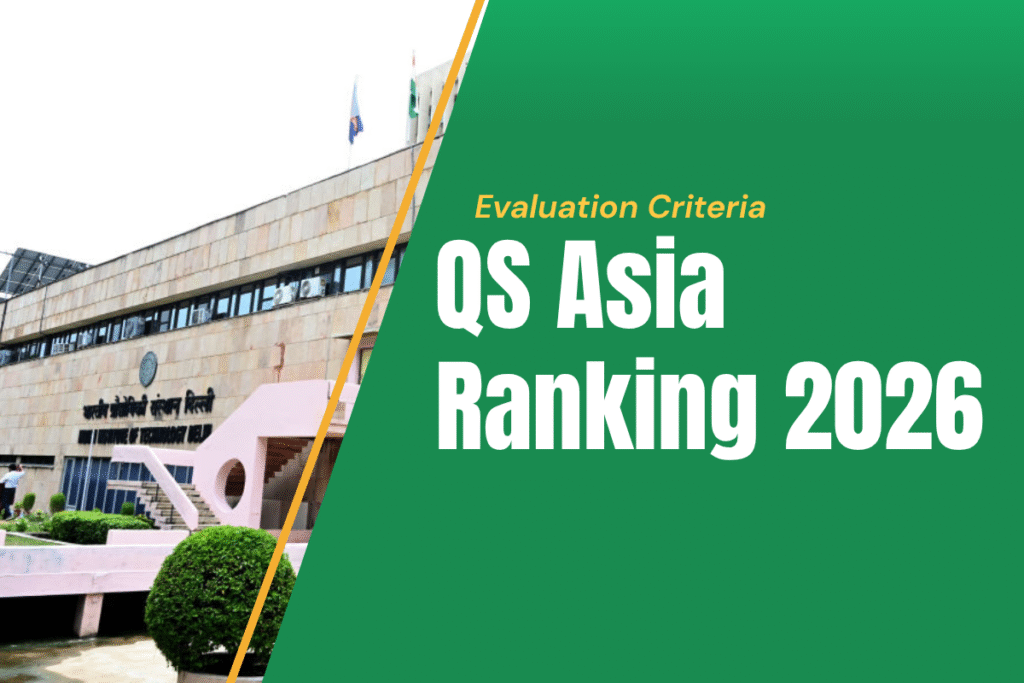
A Quick Guide on PRIP Scheme Boosts Pharma R&D
India’s pharmaceutical sector is known globally as the “Pharmacy of the World.” To strengthen this position and drive innovation, the Government of India introduced the PRIP Scheme (Promotion of Research & Innovation Programme)—a strategic initiative designed to boost pharmaceutical research, innovation, and high-value manufacturing.
This quick CivilsTap guide breaks down the PRIP Scheme, its components, benefits, and impact on the pharma ecosystem—helping students, aspirants, and professionals stay updated.
What Is the PRIP Scheme?
The Promotion of Research & Innovation Programme (PRIP) is aimed at strengthening India’s pharmaceutical research capabilities, especially in innovative drugs, complex generics, biosimilars, medical devices, and cutting-edge technologies.
The scheme is part of India’s mission to transform from a generic-drug leader to an innovation-driven global pharmaceutical hub.
Key Components of the PRIP Scheme
Grants for R&D Infrastructure
Establishment of Centers of Excellence (CoE)
Upgrading existing laboratories
Investment in high-end testing and analytical facilities
Support for Academia–Industry Collaboration
The scheme promotes partnership between:
Research institutions
Pharma companies
Startups and biotech innovators
This ensures faster drug development and technology transfer.
Funding for High-Risk, High-Reward Projects
Focus areas include:
Novel drug discovery
Biosimilars
Nanotechnology-based formulations
AI and computational drug design
PRIP Scheme – At a Glance
| Feature/Component | Description |
|---|---|
| Scheme Objective | Boost pharma innovation & R&D ecosystem |
| Target Areas | Novel drugs, biosimilars, complex APIs |
| Beneficiaries | Pharma companies, startups, R&D institutions |
| Support Type | Grants, infrastructure development, industry–academia partnerships |
| Broader Goal | Transform India into an innovation-driven pharma hub |
Why PRIP Scheme Is Important for India
Strengthens Domestic R&D
India currently lags in breakthrough drug research. PRIP aims to bridge this gap by funding innovation.
Reduces Import Dependence
By supporting complex APIs and biosimilars, the scheme reduces reliance on foreign suppliers—especially China.
Encourages Startup Growth
Biotech and pharma startups benefit from:
Financial support
Access to labs
Faster testing approval pathways
Enhances Global Competitiveness
Promoting innovation helps India compete with:
USA
Europe
South Korea
Japan
in high-value pharmaceutical manufacturing.
Boosts Healthcare Outcomes
Innovative drugs lead to:
Better treatment options
Affordable medicines
Reduced disease burden
Why Civils Service Aspirants Should Study PRIP Scheme
The PRIP Scheme links directly to topics in:
Science & Technology
Government Schemes
Economic Development
Pharma Sector Reforms
CivilsTap enables deeper understanding with:
📘 Courses → https://civilstap.com/courses/
📰 Current Affairs → https://civilstap.com/new-current-affairs/
📝 Daily Quiz → https://civilstap.com/daily-quiz/
📚 Study Material → https://civilstap.com/study-material/
📂 Free Downloads → https://civilstap.com/download/
Conclusion
The PRIP Scheme marks a crucial shift in India’s pharmaceutical vision—from low-cost generics to high-value innovation. With robust R&D support, academia-industry linkage, and global competitiveness, it strengthens India’s journey toward becoming a leader in pharmaceutical innovation.
A well-structured scheme like PRIP not only benefits industry growth but also improves healthcare outcomes and economic development—making it an important topic for civil service aspirants.
Latest Blogs
Ask your Query
Recent Posts
- Strategic Reasons For India To Become Global Solar Innovation
- A Quick Guide on PRIP Scheme Boosts Pharma R&D
- Why QS Asia Rankings 2026 Are Important for Universities
- Kalyan Singh Nagar Becomes Uttar Pradesh’s 76th District – All You Need to Know
- Horticulture in Himachal Pradesh: Opportunities and Challenges
Browse By Category
- Daily Current Affairs (4)
- EPFO (4)
- HP Allied (7)
- HPAS/HAS (18)
- IAS (20)
- Monthly Current Affairs (1)
- PCS (20)
- Uncategorized (1)
- UPSC (19)
- Weekly Current Affairs (2)
- Yearly Current Affairs (5)

Archives
- November 2025 (3)
- October 2025 (8)
- September 2025 (10)
- August 2025 (10)
- July 2025 (6)

 November 13, 2025
November 13, 2025






Leave Comment